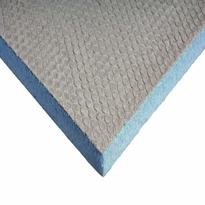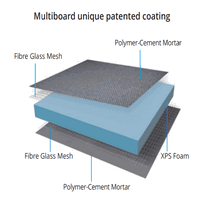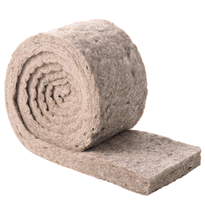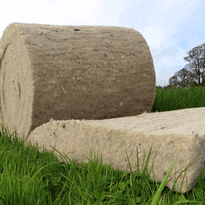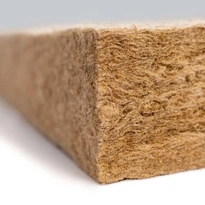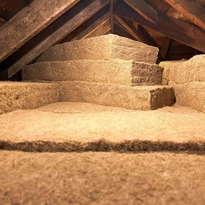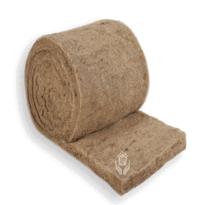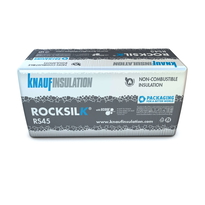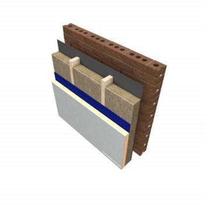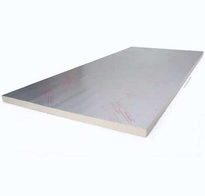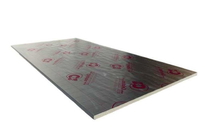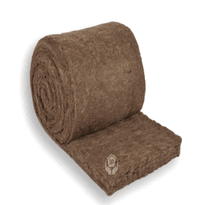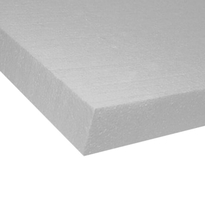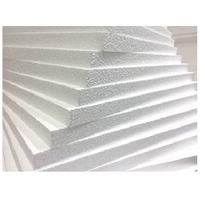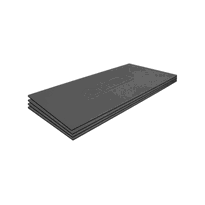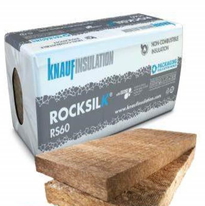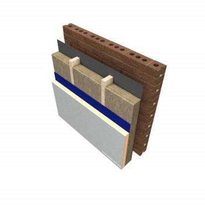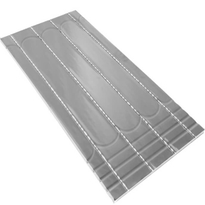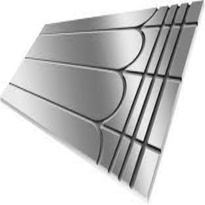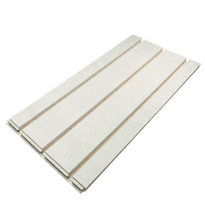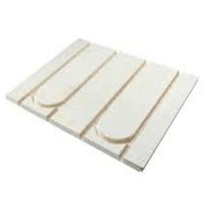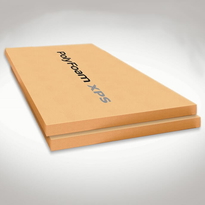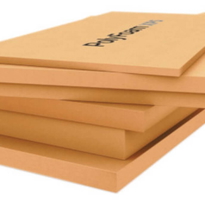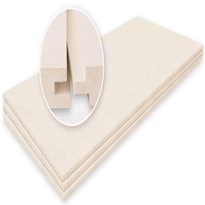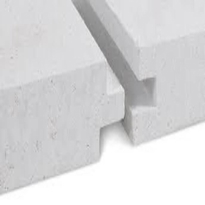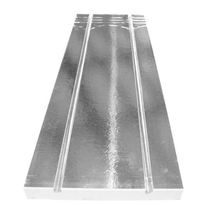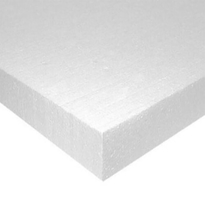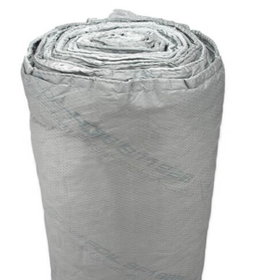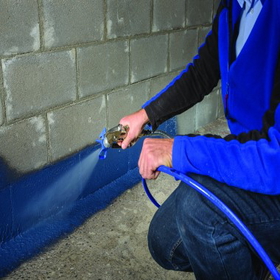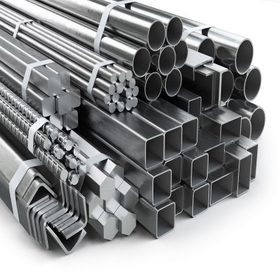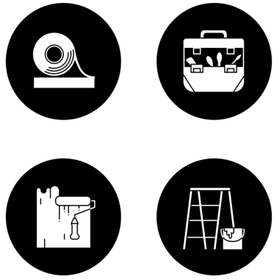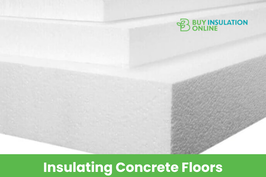Similar Categories
A Complete Guide to Floor Insulation in the UK
Floor insulation is a key component in improving energy efficiency, reducing heat loss, and lowering energy bills for homes across the UK. Properly insulating floors can create a warmer, more comfortable living environment and help meet building regulations. Whether insulating a solid floor or suspended wooden floor, the right insulation materials can make a significant difference.
Why Insulate Your Floor?
-
Reduce Heat Loss – Insulation beneath floors prevents heat from escaping, contributing to better overall thermal performance.
-
Lower Energy Bills – By reducing heat loss, less energy is needed to keep your home warm.
-
Enhanced Comfort – Insulated floors feel warmer underfoot, reducing the need for additional rugs and carpets.
-
Compliance with Building Regulations – Proper insulation helps ensure your home meets UK standards for energy efficiency.
Types of Floor Insulation Materials
-
PIR Insulation Board – Celotex and similar products provide high-performance insulation with low thermal conductivity.
-
Foam Insulation – Lightweight and easy to install, rigid foam insulation is suitable for both solid floors and suspended wooden floors.
-
Mineral Wool Insulation – Flexible and effective for sound and thermal insulation.
-
Multifoil Insulation – YBS SuperQuilt Insulation is a reflective solution that can be used in underfloor insulation applications.
Floor Types and Insulation Solutions
-
Solid Floors – Insulate by laying PIR insulation boards or foam insulation beneath floorboards or concrete slabs. This adds a thermal barrier that prevents heat escape.
-
Suspended Wooden Floors – Insulation can be placed between floor joists with netting or vapor barriers to prevent draughts.
-
Upper Floors – Although less common, insulating upper floors can reduce heat transfer between levels.
How to Insulate Your Floor
-
Prepare the Area – Clear the floor space and check for any air bricks or gaps that need sealing.
-
Choose the Right Insulation – Select the appropriate insulation material for your type of floor.
-
Fit the Insulation – Lay rigid foam or multifoil insulation beneath floorboards, ensuring no gaps are left.
-
Seal and Finish – Install skirting boards and finish with carpet or floor panels.
-
Check Building Regulations – Ensure the installation complies with local building control office requirements.
Benefits of Floor Insulation
-
Energy Savings – Proper insulation can lower your energy bills significantly.
-
Comfort – Insulation prevents cold air from seeping through floors, keeping your home warm and comfortable.
-
Environmental Impact – Reducing energy use lowers your carbon footprint.
Conclusion
Floor insulation is an effective way to reduce heat loss and make your home warmer while lowering energy bills. By using the right materials and ensuring compliance with building regulations, you can enhance the comfort and energy efficiency of your home.
Insulate your floor today to enjoy the long-term benefits of an energy-efficient, cosy living environment.
